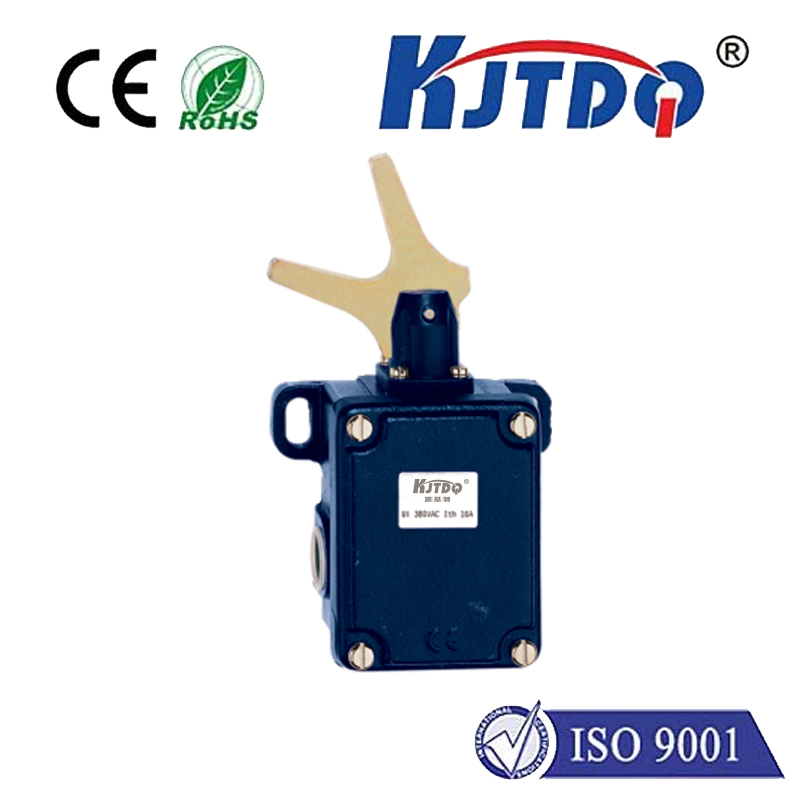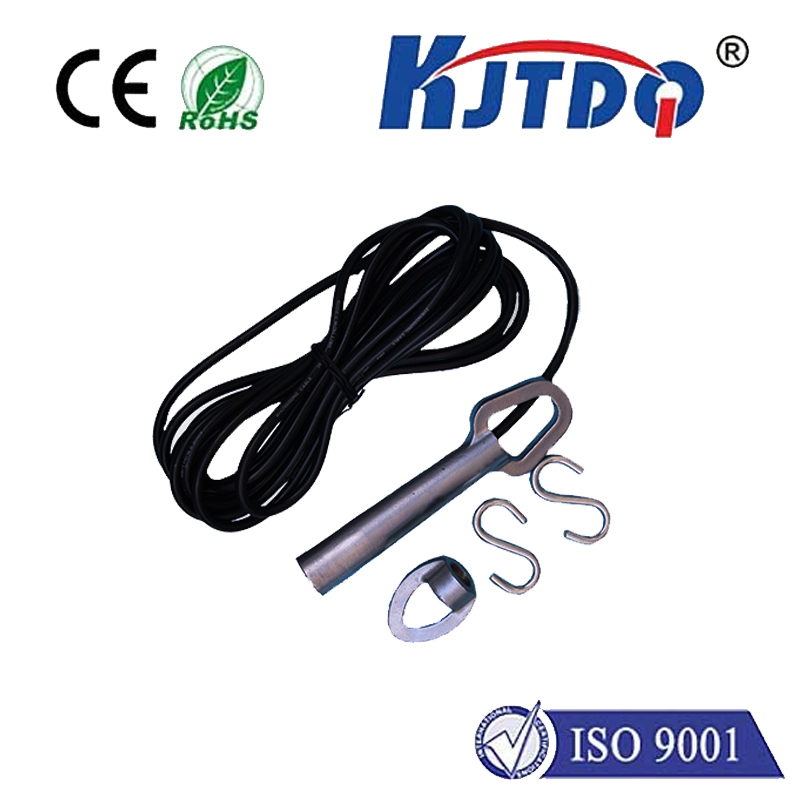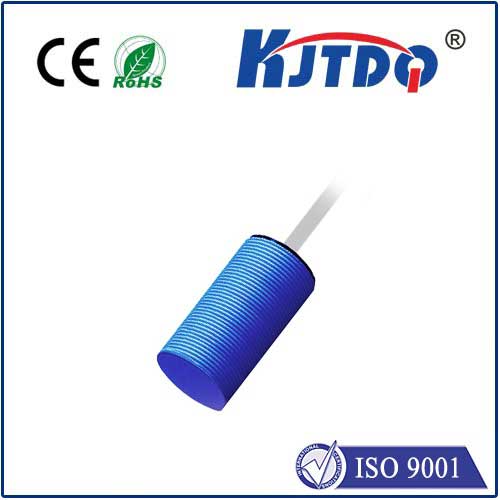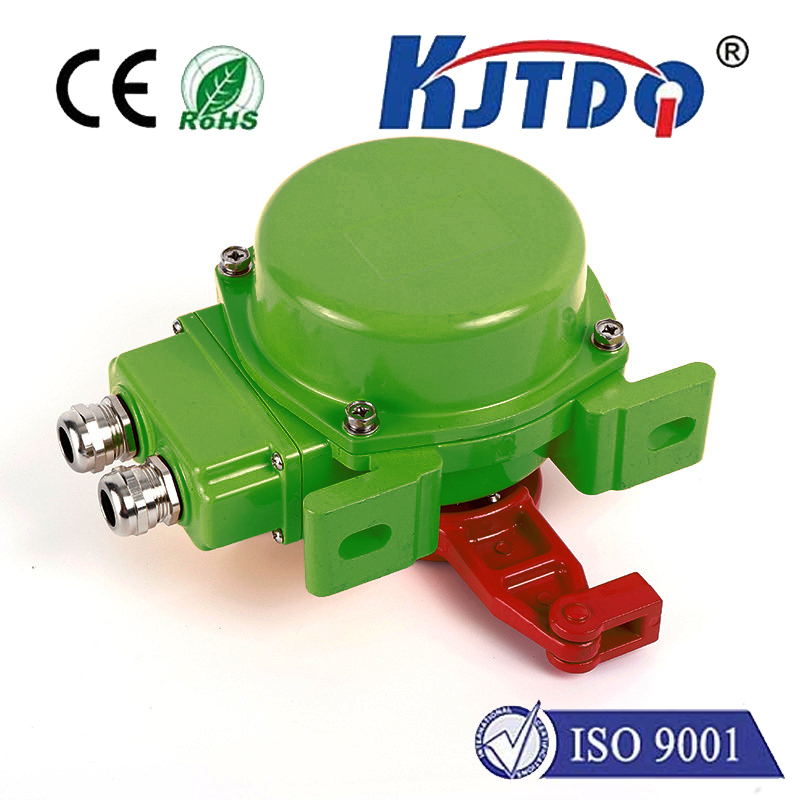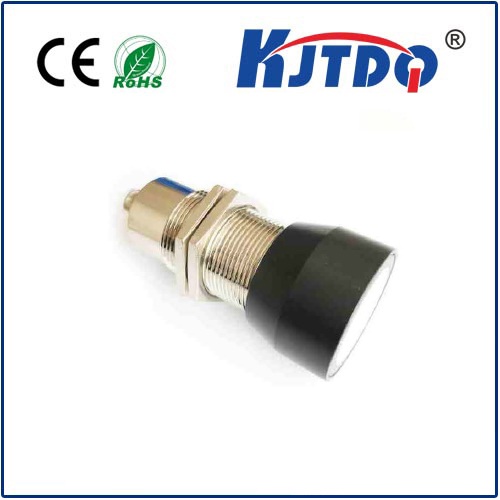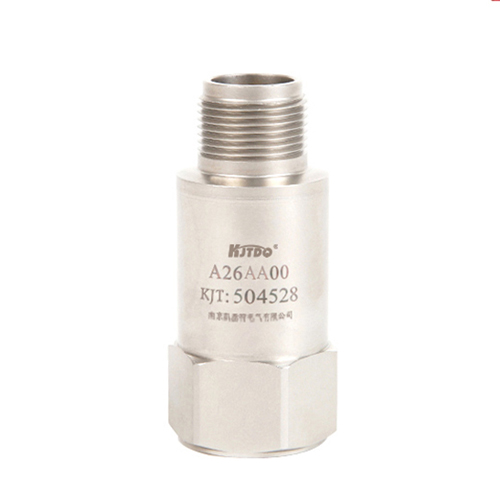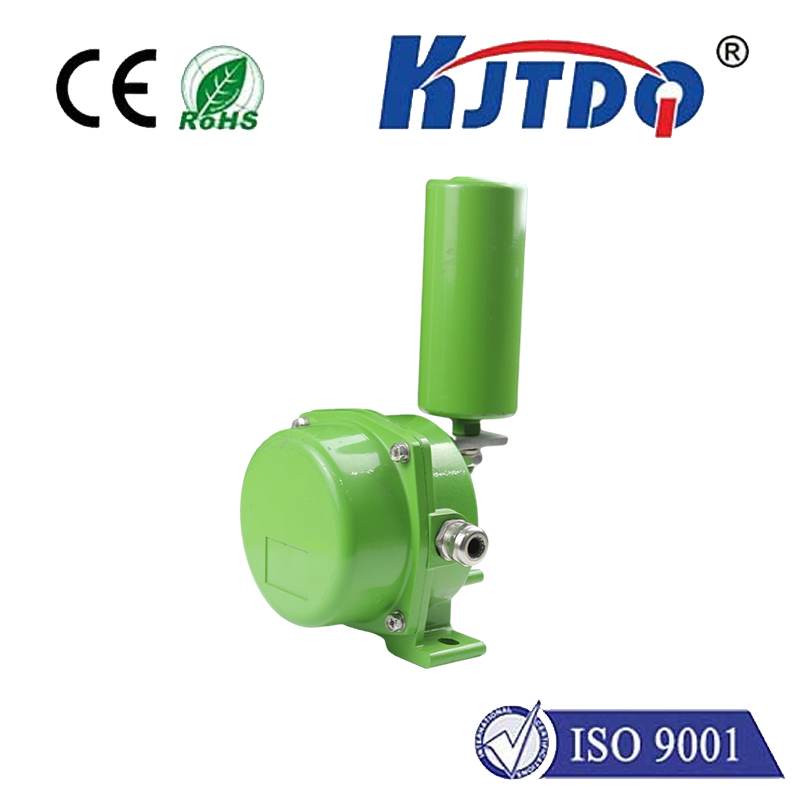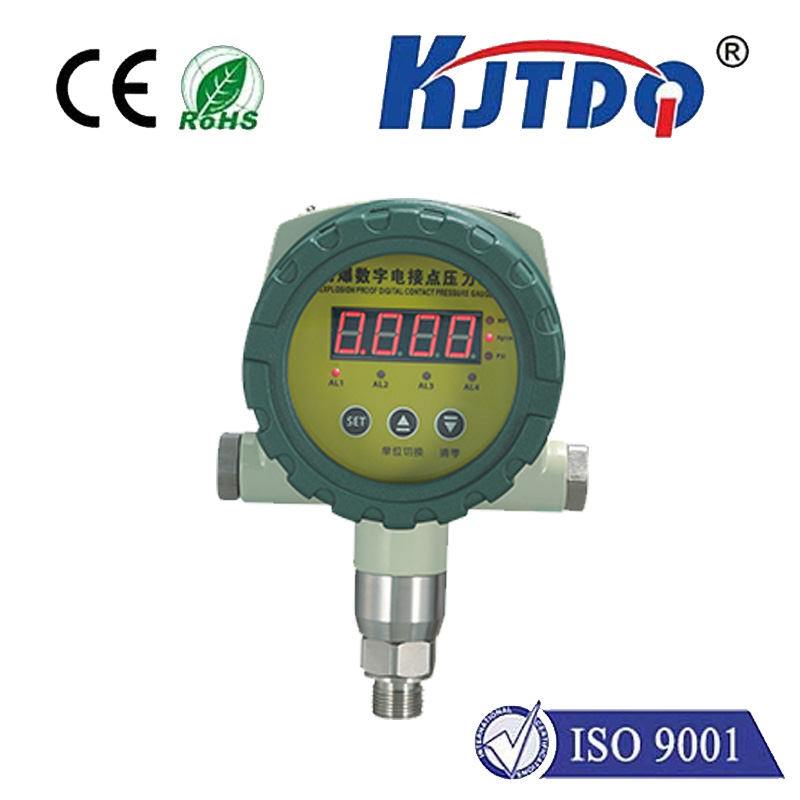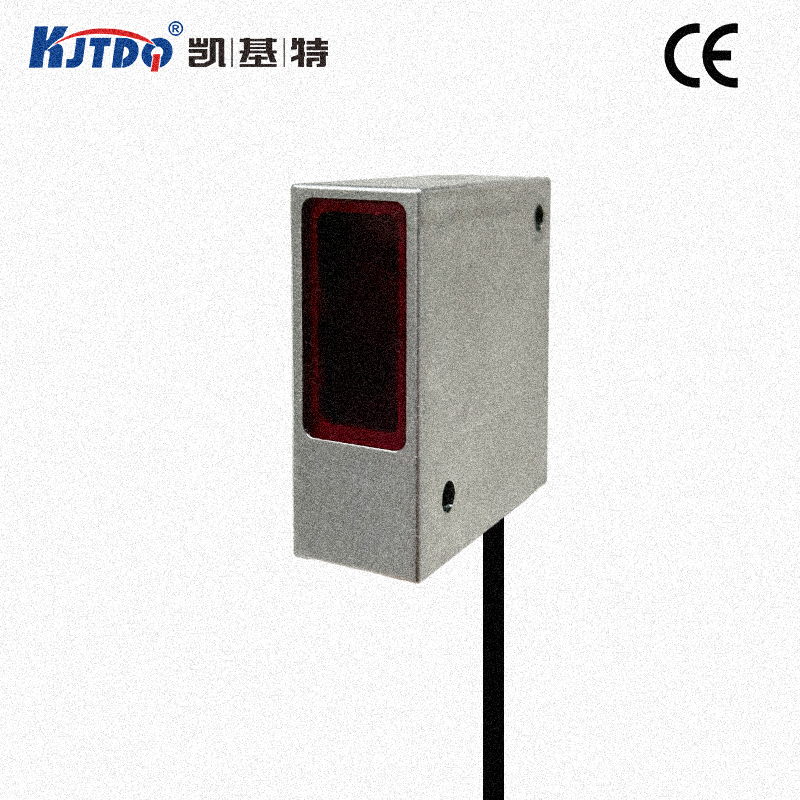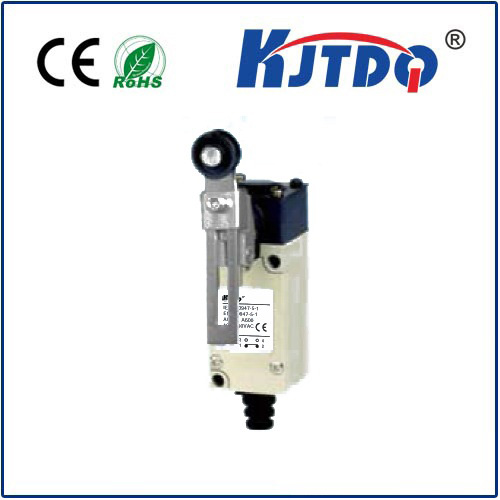BES049J high pressure proximity sensor
- time:2025-10-17 01:10:43
- Click:0
BES049J High Pressure Proximity Sensor: Reliable Non-Contact Detection for Demanding Industrial Environments
Imagine monitoring the precise position of a piston deep within a massive hydraulic press. The environment is punishing: high-pressure fluid blasts past at hundreds of bars, temperatures fluctuate wildly, and metal fragments fly. Traditional sensing methods falter or fail catastrophically here. This is the critical juncture where the BES049J high pressure proximity sensor excels. Engineered for exceptional resilience, it delivers dependable non-contact detection precisely where the harshest industrial conditions prevail, ensuring operational continuity and safety in the most demanding applications.
Defying the Extremes: Where the BES049J Thrives
The defining characteristic of the BES049J proximity sensor is its extraordinary capability to function reliably within high-pressure environments. Unlike standard inductive sensors that might deform or leak under intense force, the BES049J is specifically constructed to withstand pressures reaching up to 500 bar (7,250 PSI). This makes it an indispensable solution in sectors like:
- Hydraulic Systems: Monitoring piston position in cylinders, detecting rod end-stroke, or confirming valve actuation within high-pressure pumps and power units. Robustness is paramount here to prevent leaks and sensor blowouts.
- Oil & Gas Equipment: Used on drilling rigs, within subsea applications, or in high-pressure piping systems for valve position feedback or presence detection of critical components, operating where pressure ratings are non-negotiable.
- Die Casting and Plastic Injection Molding: Detecting ejector pins, core pulls, or clamp positions where molten material creates immense pressure within molds. Heat resistance alongside pressure tolerance is crucial.
- Heavy Machinery: Implementing position feedback on hydraulic arms, booms, or presses within construction and mining equipment exposed to shock, vibration, and high-pressure hydraulic lines.
- Test Benches: Providing reliable position sensing during high-pressure fluid or gas testing procedures where sensor integrity cannot be compromised.
Core Strengths: Engineering for Harsh Realities

The BES049J sensor doesn’t just survive these harsh conditions; it delivers consistent performance thanks to key engineered features:
- Exceptional Pressure Resilience: The sensor’s robust stainless-steel housing, specialized seals, and internal design are meticulously constructed to handle continuous exposure to pressures up to 500 bar. This high pressure rating is its defining attribute, enabling deployment where others cannot go.
- Non-Contact Inductive Sensing: Utilizing electromagnetic fields, the BES049J detects the presence of ferrous (iron-based) and non-ferrous (e.g., aluminum, brass, copper) metal targets without physical contact. This eliminates wear and tear, ensuring long operational life and maintenance-free operation within inaccessible locations. Its switching distance is optimized for typical industrial positioning tasks.
- Robust Environmental Protection: Featuring an IP67 or often IP69K ingress protection rating, the sensor is shielded against dust ingress and high-pressure water jets. This makes it suitable for wash-down environments and areas exposed to harsh weather or cleaning processes.
- Resistance to Interference: Engineered with high electromagnetic compatibility (EMC), the BES049J reliably operates near welders, variable frequency drives (VFDs), and powerful motors without experiencing false triggering or operational degradation. Its stability is critical for avoiding costly machine errors.
- Temperature Compensation and Stability: Designed to maintain consistent switching characteristics across a wide operating temperature range (typically -25°C to +100°C or wider, depending on the variant), ensuring reliable performance despite ambient fluctuations near hot machinery or cold environments.
- Mounting Flexibility: Available in various form factors (e.g., M12, M18 threaded barrels) and connection types (cable or connector versions), offering adaptable installation options to fit diverse machinery layouts and constraints. Its compact size often allows it to fit into tight spaces.
Beyond the Spec Sheet: Real-World Impact
The true value of the BES049J high pressure proximity sensor lies in its tangible impact on industrial operations:
- Enhanced Machine Reliability and Uptime: By providing dependable position feedback in critical high-pressure zones, it prevents failures caused by inaccurate detection (e.g., cylinder over-travel, hydraulic system damage). This minimizes unplanned downtime and boosts overall equipment effectiveness (OEE).
- Improved Safety: Accurate detection of machine components like clamps or safety guards in high-pressure systems is vital for preventing hazardous situations. The BES049J’s fail-safe performance contributes significantly to plant safety.
- Reduced Maintenance Costs: The non-contact principle and robust construction lead to exceptionally long service life with virtually no wear parts. This translates directly into lower replacement costs and less maintenance downtime.
- Process Integrity: In applications like injection molding or die casting, precise detection ensures components are in the correct position before high-pressure cycles begin, guaranteeing process consistency and product quality. Reliable sensing is key to repeatable outcomes.
Choosing the Right Solution: Key Considerations
Selecting the optimal BES049J variant involves evaluating your specific application needs:
- Required Pressure Rating: Verify the maximum operating pressure the sensor will face.
- Target Material: Confirm whether you need to detect ferrous metals only, or also non-ferrous metals. Choose the appropriate sensor variant (ferrous only or ferrous/non-ferrous).
- Switching Distance: Determine the necessary detection range.
- Electrical Specifications: Ensure the output type (e.g., PNP or NPN, NO or NC) and voltage rating match your control system.
- Mounting and Connection: Select the suitable housing size (M12, M18), thread type, and connection method (cable length/type, connector).
- Temperature Range: Ensure the sensor’s specified range covers your operating environment.
- Protection Rating (IP): Choose IP67 for general harsh environments or IP69K for high-pressure wash-down areas.
Conclusion
In environments defined by crushing force, temperature extremes, and challenging contaminants, the BES049J high pressure proximity sensor stands as a testament to engineered resilience. Its singular ability to deliver robust, non-contact detection under pressures up to 500 bar makes it an irreplaceable component in countless mission-critical industrial processes. From towering hydraulic presses to intricate oilfield control systems, the BES049J provides the essential feedback needed for safe, efficient, and uninterrupted operation. When failure is not an option under pressure, this sensor provides the dependable performance that modern demanding industries rely on.






